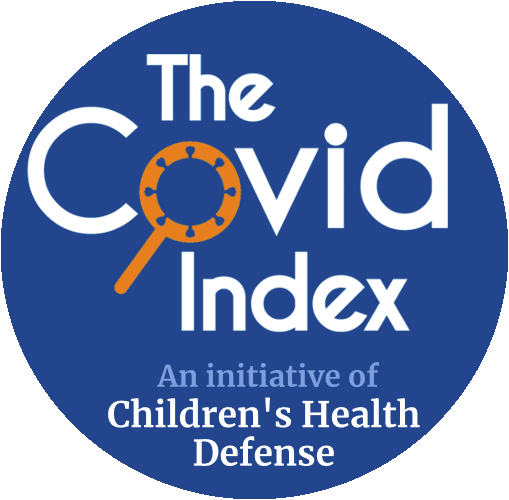“1 Introduction
... Here we report the results of a prospective observational study of two large kindergarten-12th grade (K-12; corresponding to students ages 5-18 years) school districts in Cass County, North Dakota USA. Fargo Public Schools (FPS) and West Fargo Public Schools (WF) had differing mask policies in the fall of 2021 and the same policy in 2022. Our study takes advantage this unique situation to estimate the association between school mask mandates and student COVID-19 infections... At the start of the Fall 2021 semester, FPS mandated masks and WF did not. On January 17, 2022, FPS also moved to a mask optional policy, creating a unique natural experiment to study school-based mask mandates.
4 Discussion
This study found that K-12 school mask mandates were not associated with significantly lower COVID-19 student case rates. This is consistent with adult randomized data on community cloth masking, multiple observational studies of school mask mandates, a systematic review of child mask mandates and a systematic review of randomized controlled trials of medical or respirator masking for respiratory illness prevention...
The main strengths of our study are 1) the striking similarities between the two districts and 2) the unique opportunity for a crossover period within the study. First, similarities of the two K-12 districts include size, adjacent location within the same county, similar demographics, and COVID-19 policies beyond masking. Second, the partial crossover design (similar to a difference-in-difference design) with the mask mandate district (FPS) dropping its mandate during the study period, served as a control for time invariant observable or unobservable differences in COVID-19 policies or other background characteristics across the two districts. Any significant confounding created by differences in background characteristics such as average class size or fraction low-income population should have been apparent in the crossover period, but no difference was observed.
Our study had 80% power to detect a 1.2 percentage point (IRR 0.91) difference in incidence between the districts, so if we failed to detect a benefit of mask mandates, that benefit would have been modest. An additional strength of this study is it includes a relatively long study period with data from both the delta and omicron waves. There was a large spike of cases during the omicron wave, part of which occurred over the winter break. We performed two sensitivity analyses removing the winter break period and failed to find any difference in our outcome."
Copyright © 2024 RealClearJournals
Published by Journal of the Academy of Public Health. This is an Open Access article under the CC BY 4.0 license.
